Cherry Audio Dreamsynth: A tribute to 1980s hybrid analogue/digital synths
Dreamsynth DS-1 is a synth to be reckoned with. It takes its inspiration from the digital and analogue hybrid synthesizers of the mid-to-late 1980s.
Dreamsynth
We’re talking about synths such as the Ensoniq ESQ-1, the Kawai K series and the Sequential Prophet VS (a lot of interest in that synth at the moment); hybrid synthesizers that bridged the gap between the analogue of the past and the digital of the future.
You are currently viewing a placeholder content from YouTube. To access the actual content, click the button below. Please note that doing so will share data with third-party providers.
Dreamsynth combines these classic hybrid sounds of digital tones and analogue filters with the magic of modern software to give us something a bit special. There are three oscillators; each one takes a pair of waveforms from a selection of virtual analogue tones or a library of PCM samples for polyphony of up to 16 notes. Morphing and modulating between waveforms is definitely something that I would expect and encourage. The filters have multiple modes and operate in stereo. They sound great which may have something to do with them being inspired by Oberheim.
Cherry Audio decided it wouldn’t be complete with a String Synthesizer built into the side. It’s fully polyphonic, independent of the other 3 oscillators, and perfect for layering.
There’s a large effects bank with multiple distortions, a 12-stage phaser, chorus, flanger, and rotary speaker effects. The Delay and reverb effects include Cherry Audio’s new “Galactic” algorithm. They help give Dreamsynth a huge sound.
Modulation is abundant with 20 sources and over 40 destinations to route movement and experimentation about the place. You have 3 tempo-synced LFOs and an arpeggiator that’ll keep things interesting, and you can have a lot of fun with MPE mapping. Or you can spend your time soaking up the 1,100 presets forged by a gang of synth luminaries.
Do we like it?
So to sum it up it feels very analogue. It offers a surprising amount of tonal scope wrapped up in a familiar interface and is just dense enough to be challenging. Ultimately, Dreamsynth is a fun machine and is very of the moment I think. For $39 is going to find itself in everyone’s DAW. It’s available now in AU, VST, VST3, AAX, and standalone formats for macOS and Windows.

7 responses to “Cherry Audio Dreamsynth: A tribute to 1980s hybrid analogue/digital synths”

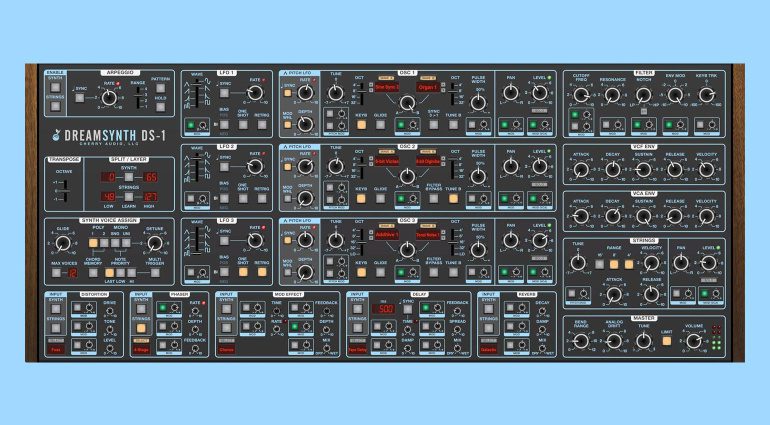

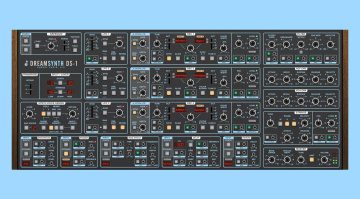

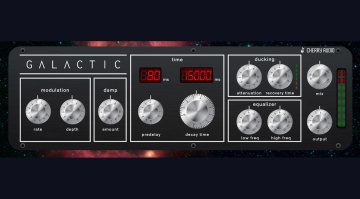
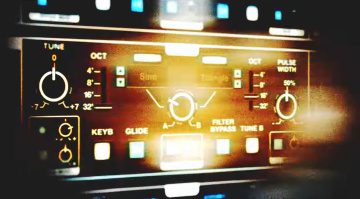
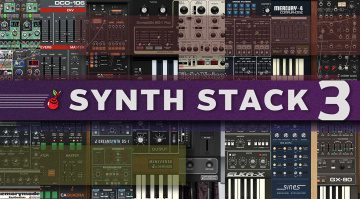
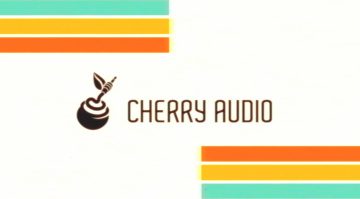
When you flood the market with cheap soft synths, people just stop caring. I dont see any Cherry Audio youtube videos from satisfied customers, they all sound pretty close to each other and the GUI is uninspiring chaos. Innovate or at least be creative.
Perhaps the satisfied customers are busy using them to make music.
Demo before you judge. Do it on a decent pair of studio monitors
Cherry audio synths are “sleepers” that sound so close to hardware its ridiculous. Esp when you start tweaking. The price feels like charity to synth lovers when you start pricing out others from larger companies.
If those emulations were so ridiculous close to the hardware, no one would spend thousands of dollars to buy the original hardware any more.
Looks alright to me. Prefer hardware synths myself, but VSTs are the only way some people have or want. ALL VSTs are digital, obviously, and as such they emulate digital very well. The odd one aside, like Diva, they struggle to get the warmth and smear that comes from discrete oscillators. It doesn’t matter enough to ruin a great tune, but analogue can give a tune a little more than digital in the tonality of the sound. But a cheap, nice quality VST like this one isn’t going to ruin a good idea.
Aww! sorry – but I respectfully disagree 🙂
If I could get away with spending thousands on vintage gear without the wife finding out, I absolutely would do. Not because of how it sounds, but simply for the smug satisfaction of owning something which is so highly revered and sought after.
I do actually own a Roland TB-303 but hardly ever use it. I prefer to use my Behringer clone, or the ABL3 VST. They both give me the ‘vibe’ of the 303.
As an 80s dark,batcaverish dj, this seems fantastic for djing as well as sound creation and adding loops for live events …(triphop and lofi done live anyone?)..the members of throbbed gristle would have killed for a DS-1
You are currently viewing a placeholder content from Facebook. To access the actual content, click the button below. Please note that doing so will share data with third-party providers.
More InformationYou are currently viewing a placeholder content from Instagram. To access the actual content, click the button below. Please note that doing so will share data with third-party providers.
More InformationYou are currently viewing a placeholder content from X. To access the actual content, click the button below. Please note that doing so will share data with third-party providers.
More Information